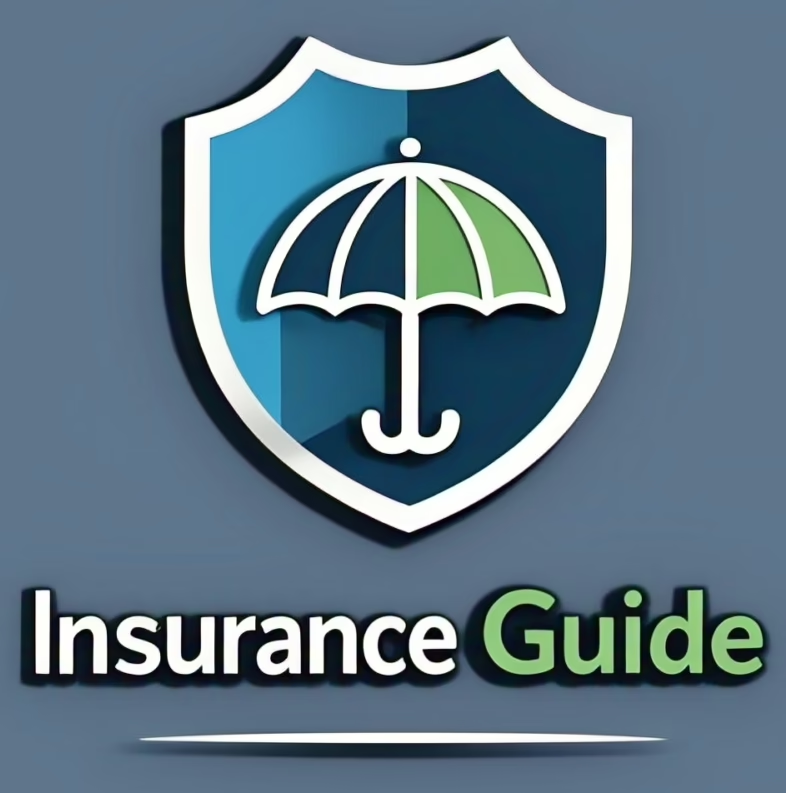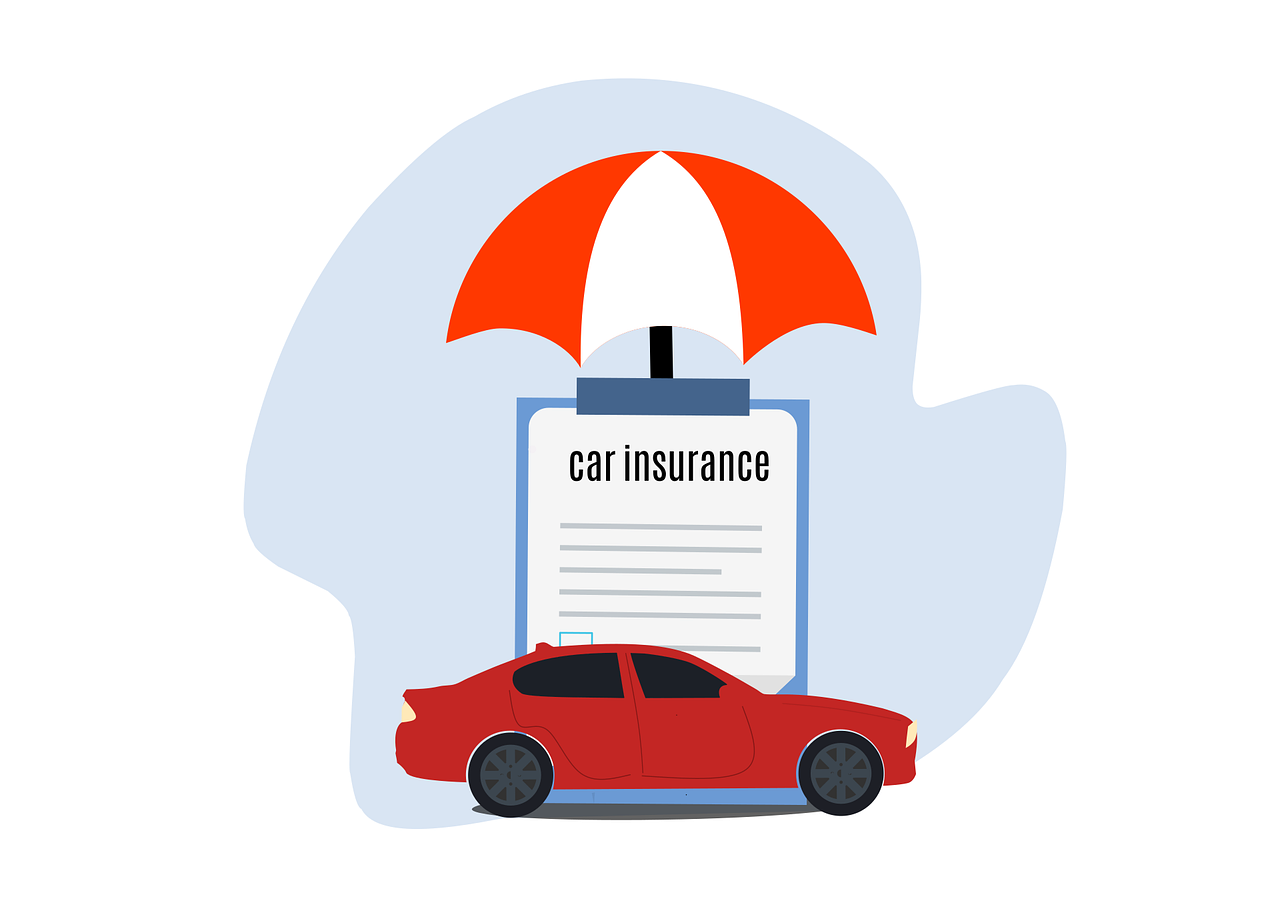New Drivers: Guide to save big on your car insurance
Did you know that young drivers pay, on average, 50–80% more for car insurance than older, more experienced drivers? Insurance providers consider young drivers to be a higher risk due to their lack of experience and increased likelihood of accidents. However, high premiums don’t have to be inevitable! With the right strategies, you can significantly reduce car insurance costs while still getting excellent coverage. This comprehensive guide will walk you through proven ways to save money on car insurance as a young driver.”
Why Is Car Insurance So Expensive for Young Drivers?
Car insurance premiums are calculated based on risk, and unfortunately, young drivers are statistically more likely to:
- Get into accidents.
- File insurance claims.
- Receive traffic violations like speeding tickets.
Insurance companies also factor in the cost of repairs, medical bills, and liability payouts. This is why young drivers face sky-high premiums, especially if they drive high-performance vehicles.
According to recent statistics:
- Drivers aged 16–19 are nearly three times more likely to be involved in fatal crashes compared to drivers aged 20 and older.
- The average annual premium for a teen driver is $3,000–$5,000, depending on the state and coverage.
Understanding these factors helps you identify the key areas to focus on when reducing costs.
5 Quick Tips to Save on Car Insurance
Here are five actionable steps young drivers can take to start saving today:
- Opt for a Safe and Affordable Car: Vehicles with high safety ratings and lower repair costs are cheaper to insure.
- Complete a Defensive Driving Course: Many insurers offer discounts to drivers who complete approved safety courses.
- Leverage Good Student Discounts: Maintaining a high GPA can lead to significant savings (up to 25%).
- Bundle Policies: If your family already has auto or home insurance, bundling policies can result in reduced premiums.
- Increase Your Deductible: A higher deductible lowers your monthly premium, but make sure you can cover the deductible in case of an accident.
Understanding the Types of Car Insurance Coverage
Before diving into cost-saving strategies, it’s essential to understand the different types of coverage available. Knowing what you need—and what you can skip—can save you money.
- Liability Coverage:
- Covers damages or injuries to others if you’re at fault in an accident.
- Most states require a minimum amount of liability coverage.
- Collision Coverage:
- Pays for damages to your vehicle resulting from a collision, regardless of fault.
- Recommended for newer or high-value cars.
- Comprehensive Coverage:
- Protects against non-collision damages, such as theft, vandalism, and natural disasters.
- Personal Injury Protection (PIP):
- Covers medical expenses for you and your passengers after an accident.
- Uninsured/Underinsured Motorist Coverage:
- Covers damages if the at-fault driver has little or no insurance.
While comprehensive and collision coverage provide extra protection, you may consider skipping them for older vehicles with low market value. This decision alone can save you hundreds of dollars annually.

Top Discounts to Lower Your Car Insurance Costs
Many insurance companies offer specific discounts designed for young drivers. Here are some of the most common and valuable ones:
- Good Student Discount
- High school and college students with a B average or higher are often eligible for this discount.
- Savings: 10–25%.
- Driver Safety Course Discount
- Completing an accredited defensive driving course shows insurers that you’re a responsible driver.
- Savings: 5–15%.
- Low Mileage Discount
- If you drive fewer miles annually (e.g., under 7,500 miles), you may qualify for this discount.
- Savings: 5–10%.
- Multi-Car Discount
- Insuring multiple vehicles on the same policy reduces premiums for all drivers in the household.
- Savings: 10–20%.
- Bundling Discount
- Combine auto insurance with renters, homeowners, or life insurance for a bundled rate.
- Savings: 5–15%.
- Safe Driver Program
- Many insurers offer discounts for drivers who agree to tracking programs that monitor safe driving habits.
- Savings: 5–20%.
Make sure to ask your insurance provider about these discounts and how to qualify for them.
People Also Ask:
1. How can I lower car insurance for my teenager?
Adding your teenager to your own policy, encouraging them to take a defensive driving course, and choosing a safe, older car are effective ways to lower their insurance costs.
2. Does car insurance go down after 18?
Yes, premiums typically decrease as drivers gain more experience, especially if they maintain a clean driving record.
3. What is the cheapest car to insure for young drivers?
Cars with high safety ratings, such as sedans or small SUVs, are generally cheaper to insure than sports cars or luxury vehicles.
4. Can I get car insurance as a college student without a car?
Yes, you can get “non-owner” insurance, which provides liability coverage when you drive someone else’s car.
7 Steps to Save on Car Insurance for Young Drivers
Here’s a detailed step-by-step guide to reduce your premiums effectively:
- Compare Quotes:
Use online comparison tools to shop around for the best rates. Different insurers evaluate risk differently, so prices can vary dramatically. - Choose a Modest Car:
Opt for reliable vehicles like sedans or compact SUVs. Avoid sports cars or high-performance models, as they come with higher insurance costs. - Maintain Good Grades:
Students with a GPA of 3.0 or higher often qualify for good student discounts. Encourage academic excellence to reap the financial benefits. - Enroll in a Driver Education Program:
Completing a certified driver’s education program not only makes you a safer driver but also lowers premiums. - Opt for Usage-Based Insurance:
Programs like Progressive’s Snapshot or State Farm’s Drive Safe and Save track your driving habits and offer discounts for safe practices. - Pay Premiums Annually:
Paying your premium in one lump sum is often cheaper than monthly installments due to reduced administrative fees. - Review Your Policy Regularly:
Update your policy annually to reflect changes, such as reduced mileage or improved credit scores.
Real-Life Example: How Mark Saved $500 on His Policy
Mark, a 20-year-old college student, was initially quoted $2,800 annually for car insurance. He implemented the following steps:
- Switched to a sedan with high safety ratings.
- Enrolled in his insurer’s safe driver program.
- Applied for a good student discount by maintaining a 3.6 GPA.
After these changes, Mark reduced his premium to $2,300—a $500 saving!
Interactive Element: Checklist
Checklist: Are You Getting All Available Discounts?
- ☐ Good Student Discount
- ☐ Driver Safety Course Discount
- ☐ Bundling Policies Discount
- ☐ Low Mileage Discount
- ☐ Safe Driver Program Discount
Frequently Asked Questions
1. Is it better for a young driver to have their own policy or stay on their parents’ policy?
Staying on a parent’s policy is typically more affordable because parents’ premiums are lower, and multi-car discounts may apply.
2. Can a young driver lower premiums by driving an older car?
Yes! Older cars with lower market value often cost less to insure because they don’t require expensive collision or comprehensive coverage.
3. How does a clean driving record impact premiums?
A clean driving record is one of the most significant factors in lowering premiums. Even one speeding ticket can increase rates by up to 20–30%.
Final Thoughts
Saving money on car insurance as a young driver might seem challenging, but it’s entirely possible with the right approach. By combining discounts, choosing the right coverage, and practicing safe driving habits, you can enjoy significant savings while staying protected on the road. Remember, every small step adds up to big savings over time!


